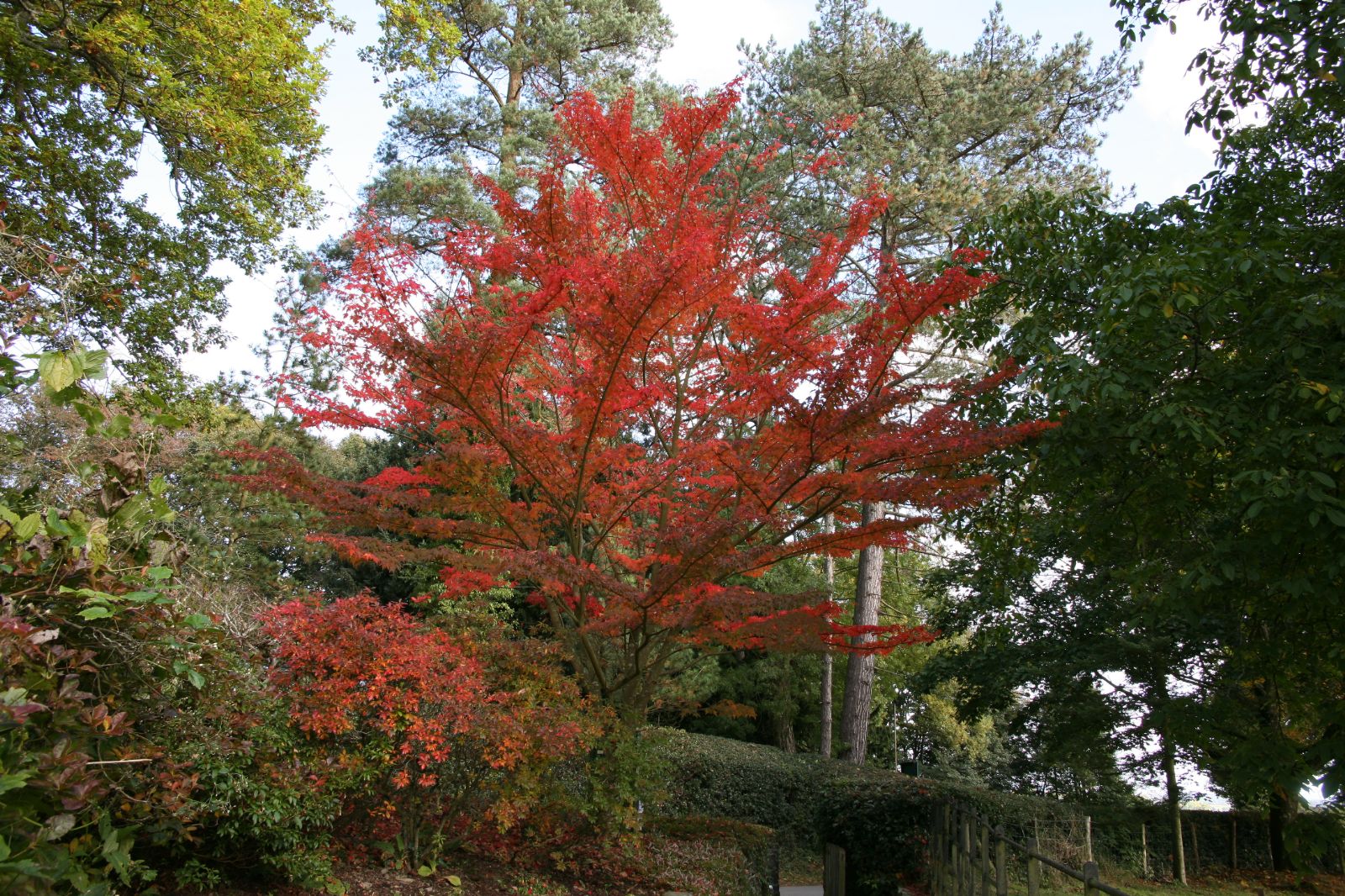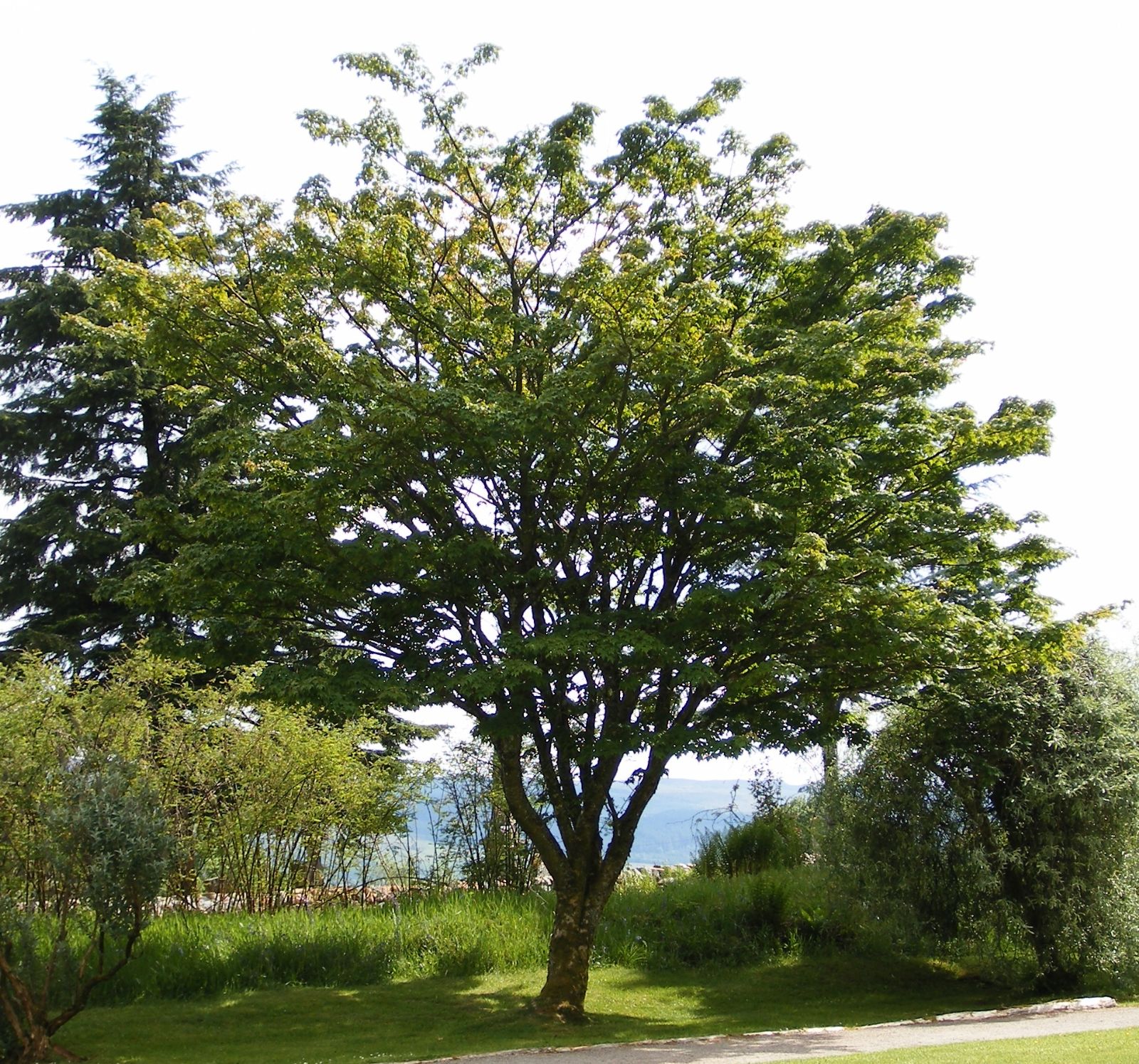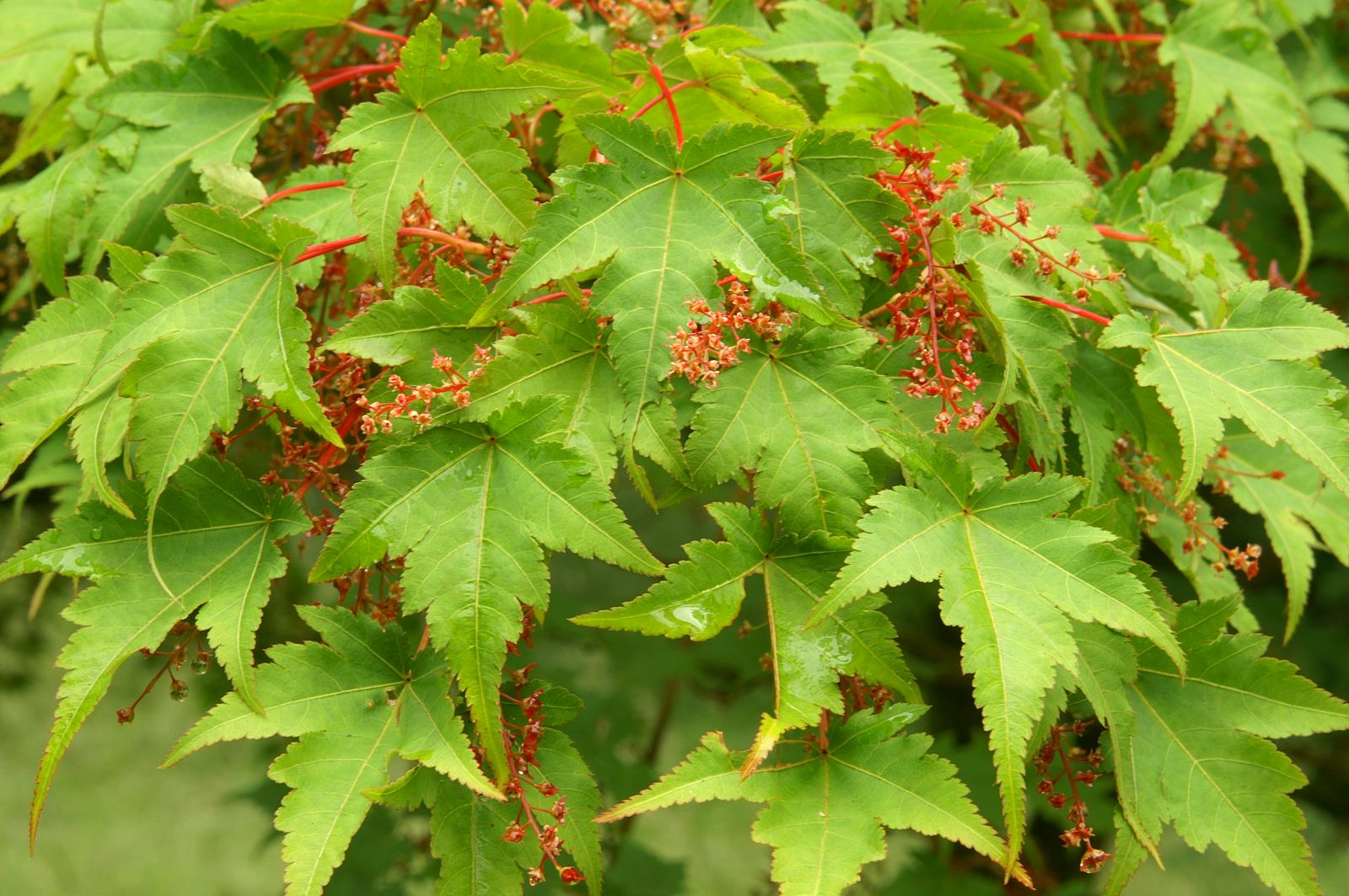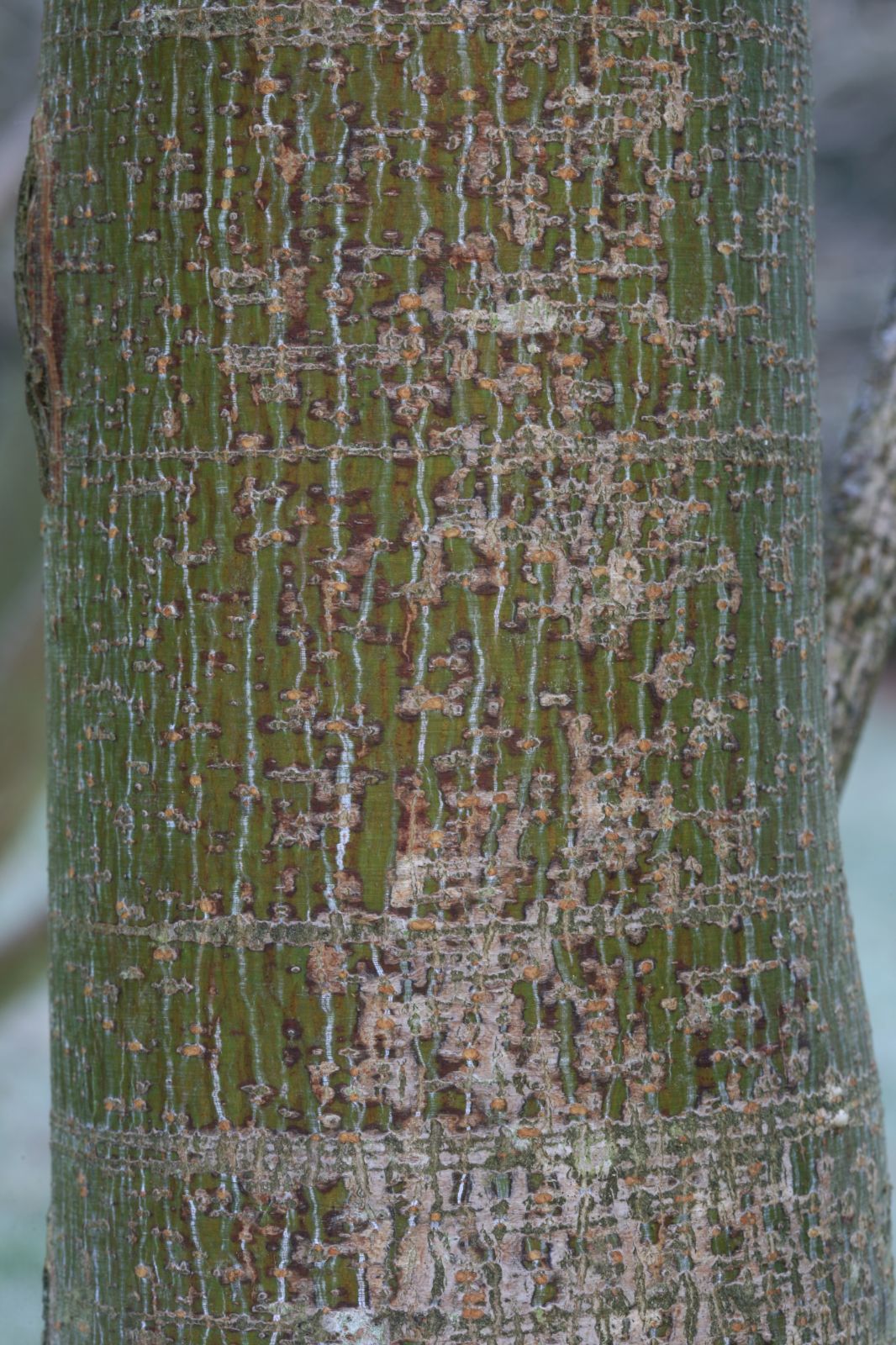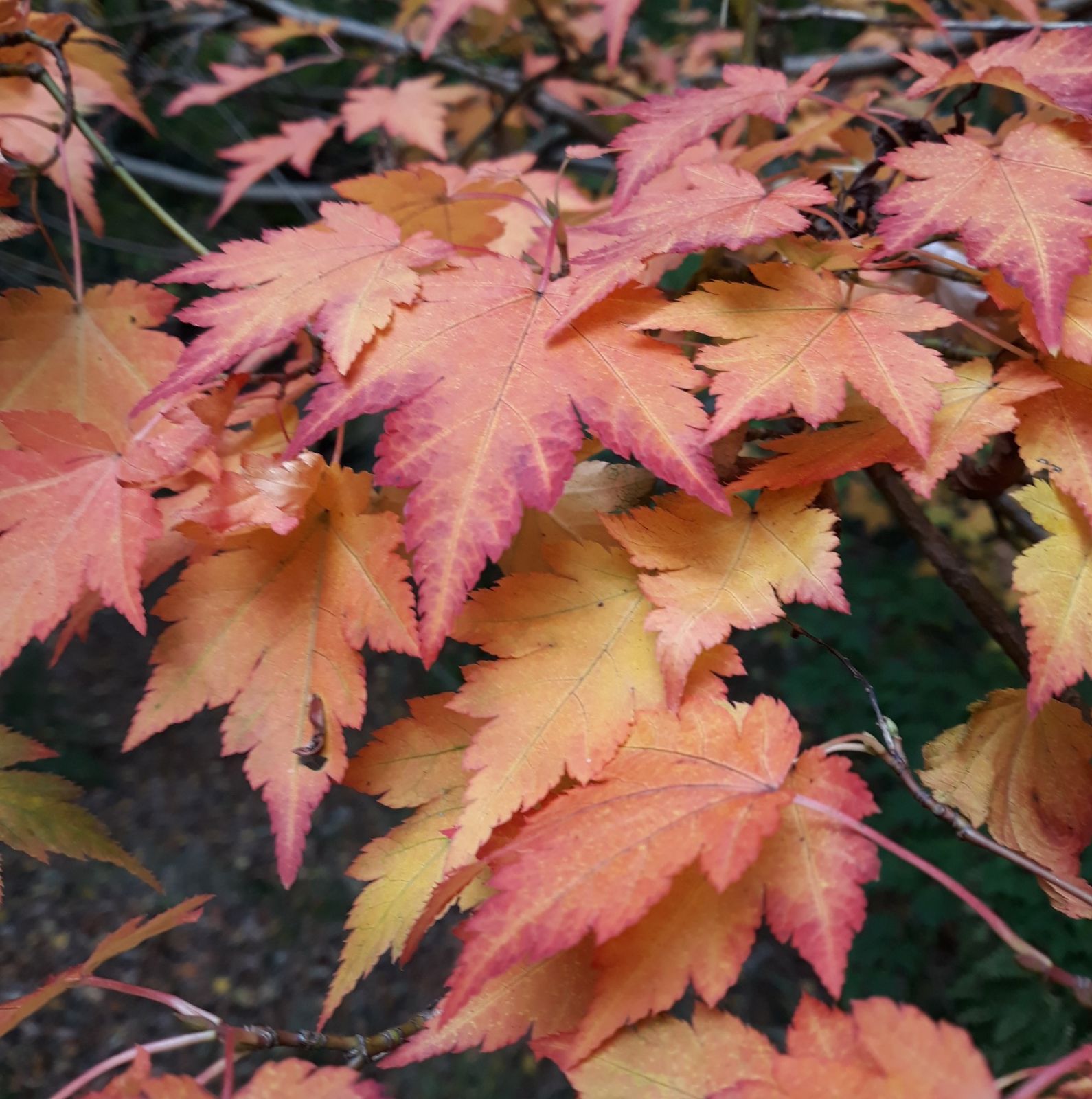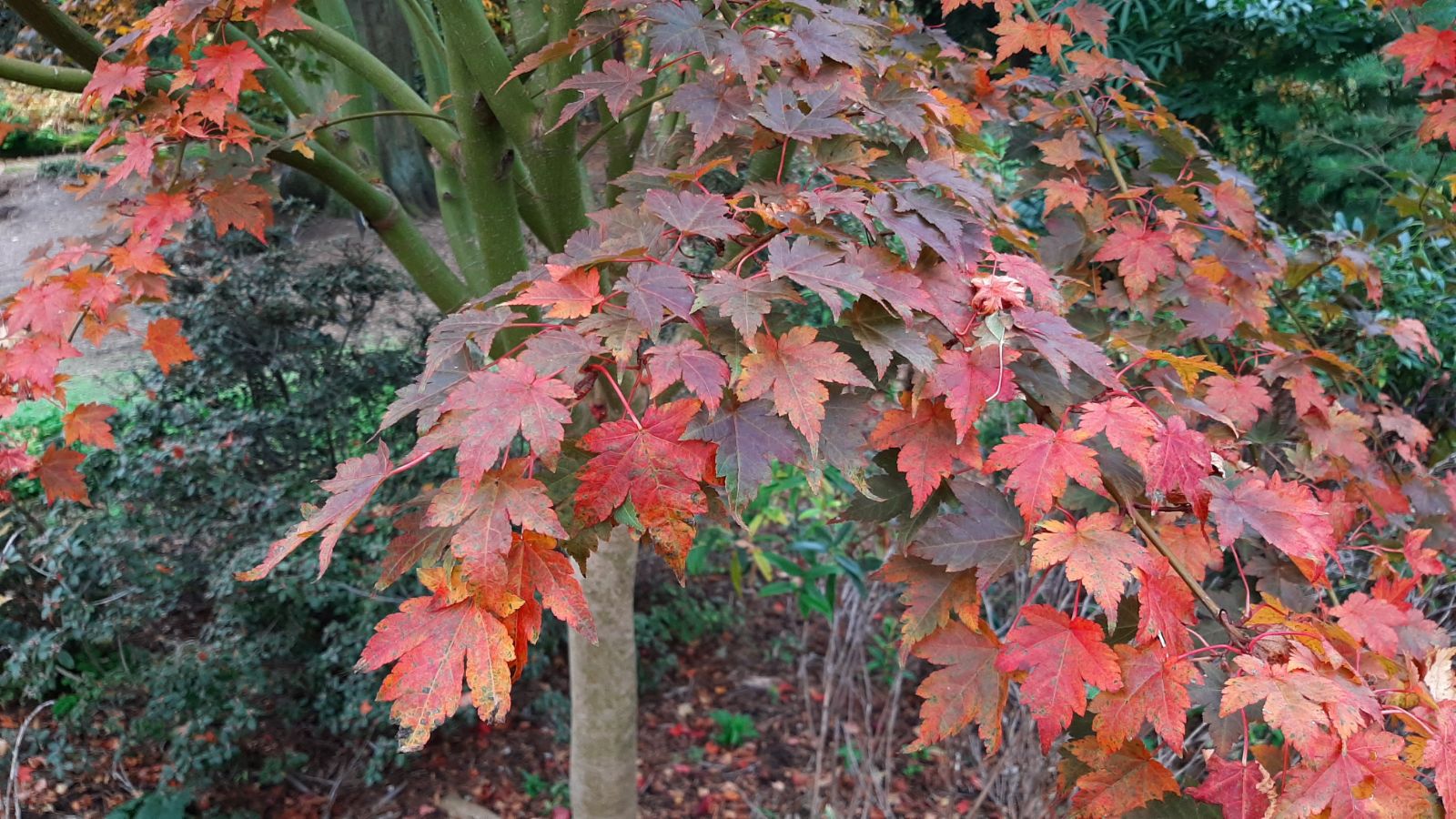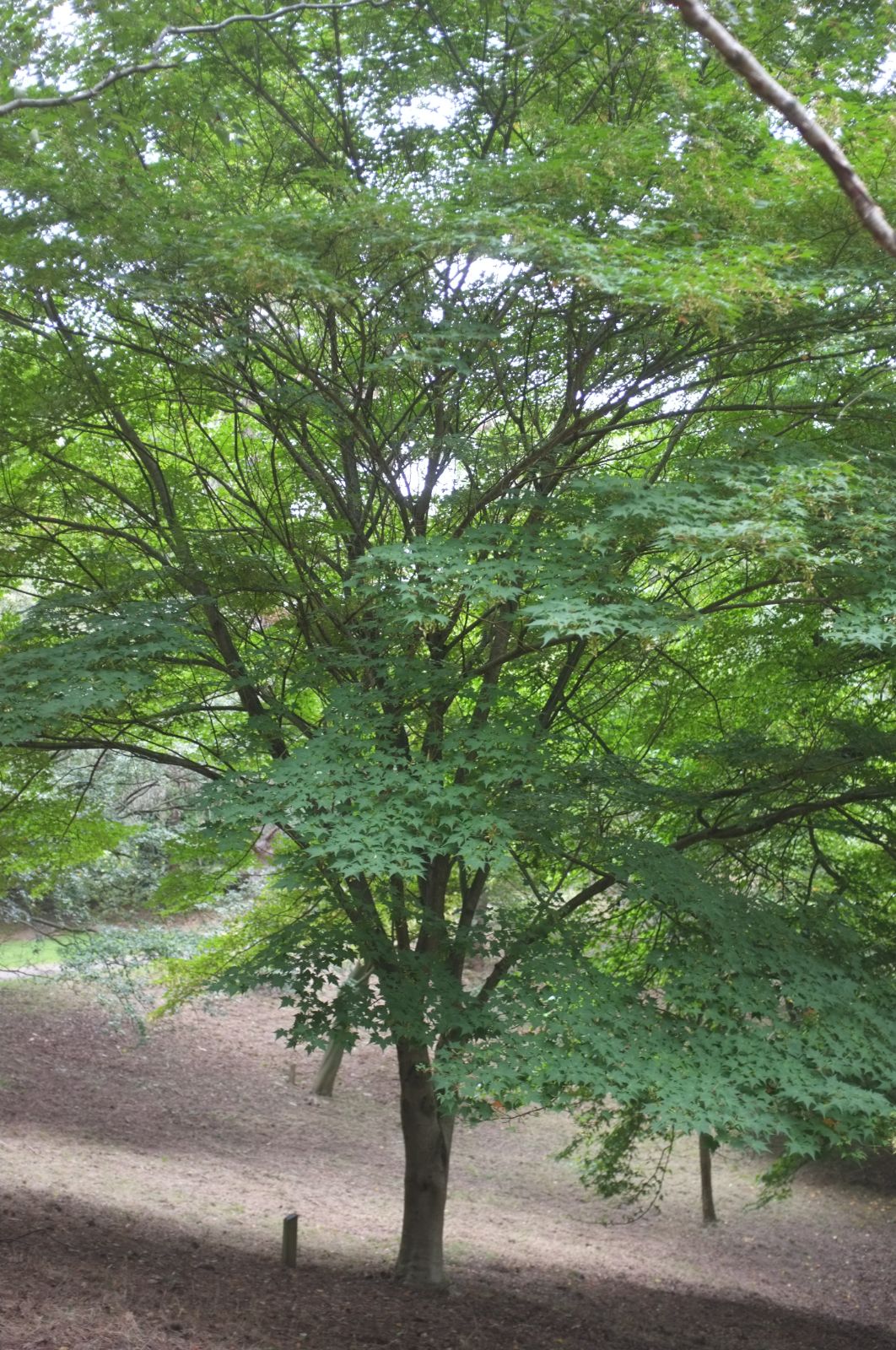Acer micranthum
Sponsor
Kindly sponsored by
Lawrence Banks
Credits
Dan Crowley (2020)
Recommended citation
Crowley, D. (2020), 'Acer micranthum' from the website Trees and Shrubs Online (treesandshrubsonline.
Genus
- Acer
- Sect. Macrantha
Infraspecifics
Other taxa in genus
- Acer acuminatum
- Acer amplum
- Acer argutum
- Acer barbinerve
- Acer buergerianum
- Acer caesium
- Acer calcaratum
- Acer campbellii
- Acer campestre
- Acer 'Candy Stripe'
- Acer capillipes
- Acer cappadocicum
- Acer carpinifolium
- Acer 'Cascade'
- Acer caudatum
- Acer ceriferum
- Acer chapaense
- Acer chienii
- Acer circinatum
- Acer cissifolium
- Acer × conspicuum
- Acer cordatum
- Acer coriaceifolium
- Acer × coriaceum
- Acer crataegifolium
- Acer davidii
- Acer diabolicum
- Acer distylum
- Acer divergens
- Acer duplicatoserratum
- Acer elegantulum
- Acer erianthum
- Acer 'Esk Flamingo'
- Acer fargesii
- Acer fenzelianum
- Acer flabellatum
- Acer forrestii
- Acer franchetii
- Acer × freemanii
- Acer fulvescens
- Acer 'Gimborn'
- Acer ginnala
- Acer glabrum
- Acer 'Gold Coin'
- Acer granatense
- Acer grandidentatum
- Acer griseum
- Acer heldreichii
- Acer henryi
- Acer × hillieri
- Acer hookeri
- Acer hyrcanum
- Acer japonicum
- Acer kawakamii
- Acer komarovii
- Acer laevigatum
- Acer laurinum
- Acer laxiflorum
- Acer lobelii
- Acer longipes
- Acer macrophyllum
- Acer mandshuricum
- Acer maximowiczianum
- Acer maximowiczii
- Acer metcalfii
- Acer miaotaiense
- Acer 'Mindavi'
- Acer 'Minorient'
- Acer miyabei
- Acer miyabei × campestre
- Acer monspessulanum
- Acer morifolium
- Acer 'Mozart'
- Acer oblongum
- Acer obtusifolium
- Acer okamotoanum
- Acer oliverianum
- Acer opalus
- Acer orientale
- Acer palmatum
- Acer papilio
- Acer pauciflorum
- Acer pectinatum
- Acer pensylvanicum
- Acer pentaphyllum
- Acer pentapotamicum
- Acer pictum
- Acer pilosum
- Acer pinnatinervium
- Acer platanoides
- Acer platanoides × amplum
- Acer platanoides × truncatum
- Acer × pseudoheldreichii
- Acer pseudoplatanus
- Acer pseudosieboldianum
- Acer pubinerve
- Acer pycnanthum
- Acer rubescens
- Acer rubrum
- Acer rufinerve
- Acer saccharinum
- Acer saccharum
- Acer sempervirens
- Acer 'Serpentine'
- Acer serrulatum
- Acer shenkanense
- Acer sieboldianum
- Acer sikkimense
- Acer 'Silver Cardinal'
- Acer 'Silver Ghost'
- Acer sinense
- Acer sinopurpurascens
- Acer spicatum
- Acer stachyophyllum
- Acer taronense
- Acer tataricum
- Acer tegmentosum
- Acer tenellum
- Acer tetramerum
- Acer tibetense
- Acer tonkinense
- Acer triflorum
- Acer truncatum
- Acer tschonoskii
- Acer turkestanicum
- Acer tutcheri
- Acer ukurunduense
- Acer velutinum
- Acer wardii
- Acer 'White Tigress'
- Acer wilsonii
- Acer × zoeschense
A deciduous shrub or tree to 10(–18) m. Bark green, soon turning grey-brown. Branchlets glabrous, red to purplish-brown, becoming faintly striped white. Buds stipitate, oblong to oblong-lanceolate, with two pairs of valvate scales. Leaves triangular ovate, base cordate, lobes ovate, apex long caudate, margins sharply double-serrate, upper surface dark green, lower surface paler, with rusty pubescence in vein axils and along secondary veins at first, sometimes persisting in vein axils; petiole 3–8 cm long, reddish, glabrous and grooved; autumn colours yellow to red. Inflorescence axillary or terminal, racemose, spreading, becoming pendulous, 20–40 flowered, 4–10 cm long. Flowers yellowish-green, 5-merous, usually androdioecious, pedicels 0.2–0.8 cm long, sepals oblong to elliptic, ~0.1 cm long, petals obovate, ~0.1 cm long, stamens 8, inserted outside the nectar disc. Samaras 1.5–2 cm long, wings spreading broadly. Flowering from May to July (Japan), fruiting in October. (Ogata 1999; van Gelderen & van Gelderen 1999; Rix 2016).
Distribution Japan Honshu; Shikoku; Kyushu
Habitat Cool temperate forests, often found on higher mountain ridges.
USDA Hardiness Zone 6-7
RHS Hardiness Rating H6
Awards Award of Garden Merit
Conservation status Least concern (LC)
Small but charismatic, Acer micranthum is an excellent ornamental, with limited stature that renders it suitable for confined spaces as well as an accompaniment for other plants in larger landscapes. Though it has been described as an upright tree (Rix 2016), recent introductions possess a spreading habit and though specimens can be heavily branched, judicious pruning in youth alleviate any potential for overcrowding in the crown later on. With red shoots and sometimes red foliage at first, specimens are at their finest in autumn, when foliage turns shades of yellow to fiery red.
Introduced to cultivation in 1879 by Charles Maries (van Gelderen and van Gelderen 1999), the species is most likely to be confused with Acer tschonoskii, which also grows in the mountains of Japan. Flower size, the smallest in the section and hence the epithet, micranthum, is the easiest character to distinguish it from this species, though these are also borne in more abundance than those of A. tschonoskii and A. komarovii. Its leaves are also smaller, with often finer, deeper serrations. Its fruits are also more diminutive than those of its closest relatives.
Recent introductions include WJAP 014, collected in 2011 from Nakakawane Forest in Shizuoka Prefecture, Honshu and BBJMT 291, collected along the Nakatsuga River, Gifu Prefecture, Honshu (as A. tschonoskii var. australe) (BBJMT 291). Plants of both at Westonbirt are growing strongly in youth, with spreading forms and strong autumn colour. The British and Irish Champion grows at Crarae Garden, Argyll, measuring 9 m tall in 2012 (The Tree Register 2019). This is one of a number of sizeable specimens there, though some confusion between this species and A. tschonoskii has been reflected on plant labels.
'Candelabrum'
RHS Hardiness Rating: H6
Described from a tree labelled Acer micranthum f. candelabrum at the Sir Harold Hillier Gardens, Hampshire by van Gelderen et al. (1994), the parent tree was of unknown origin dating from before 1959 (van Gelderen & van Gelderen 1999), and no longer remains. These authors suspected that it was of seedling origin, with it possessing somewhat larger stature and foliage than the species (van Gelderen et al. 1994; van Gelderen & van Gelderen 1999). An infrequently seen cultivar, young examples grow at Westonbirt, Gloucestershire, though show little improvement on the species.

